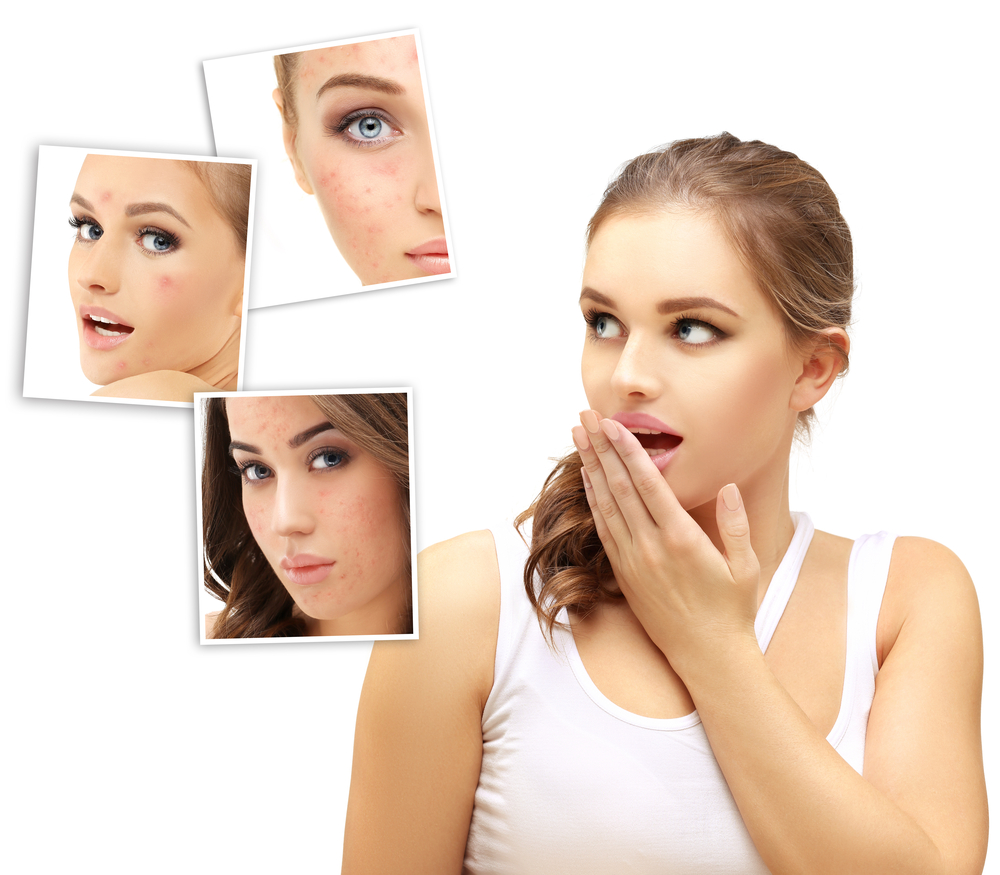Is Peeling The Only Solution To Treat Acne?
Posted by molanparker on November 2nd, 2017

Acne and skin peeling
It is straightforward to go to any market and pick out an acne cleanser or a zit ointment, there are plenty of options available. But unfortunately, there is entirely no drugstore medication for acne scars. With time, these scars turn into the bane of existence and haul down the patient’s confidence along with the lustre and smoothness of the skin. The remedy for these scarsis not as simple as choosing a mask or a face wash.
However, you don’t have to fret anymore because chemical peeling is the answer for your scar woes. While it’s satisfying to be informed before trying a new treatment for something that can be an embarrassing and bother some skin condition for some people, but the return of the confidence, self-esteem boost is worth the cost of the treatment.
Acne affects a huge population because of the lifestyle and hormones. According to the cosmetic doctors, acne is the most common skin issue which they treat. This condition is caused by the blockage of the hair follicles with excessive sebum, which leads to the formation of anaerobic bacteria P. acnes in the follicle. As a result, the follicle becomes inflamed and forms a pimple. Acne has different severity levels, but most commonly it affects the face. It can affect the other parts of the body such as the neck, chest and the back. Contrary to the myth, acne is not limited to the teenagers and young-adults only; it is equally common in adults. As a matter of fact, the cellular turnover in the adults is far slower than the teenagers. Therefore, the adult acne leaves darker marks on the skin which heal more slowly. These scars have a toll on the patient’s personality and confidence regardless of the age.
What does a chemical peel do for acne?
The most common peel used in the case of acne is salicylic acid peel. The idea of applying the chemical, especially acids on the skin might sound a bit scary, but it really is not. Chemical peels work by inducing a targetedinjury to the skin and exfoliates the upper dead layer of the skin which hinder the cellular turnover of the skin. When the top layer is removed, the cellular turnover increases revealing a newer and smoother layer of skin which is devoid of the scars. The depth of the peel depends on the type of scars the doctor is treating. For example, the hyperpigmentation due to the acne requires superficial peel, which works on the level of the epidermis. The keloid scars require medium depth peel which the shallow scars require deep peeling. While the superficial and medium depth peels can be performed multiple times with optimum gap in between, the deep peel can only be performed once.
Despite what people commonly think, chemical peeling is not at all painful. The highest discomfort a patient will feel is the mild stinging and a feeling of hotness like a sunburn. Redness, irritation and crusting of the skin are the inevitable side effect of the peeling which can be remedied by applying topical ointments prescribed by the doctor for this purpose.
Whom to speak with?
It is crucial that you consult with an experienced cosmetic doctor regarding the skin peeling. Sometimes, skin peeling is not recommended especially if the patient is pregnant, have psoriasis, dermatitis or rosacea. Similarly, the type of peeling and its concentration also depends on the kind of skin the patient has on the Fitzpatrick Scale. However, when it comes to acne, chemical peeling is one of the most viable solutions. Due to the removal of the outer layer of the skin, the pores unclog as well revealing fresh and beautiful skin.